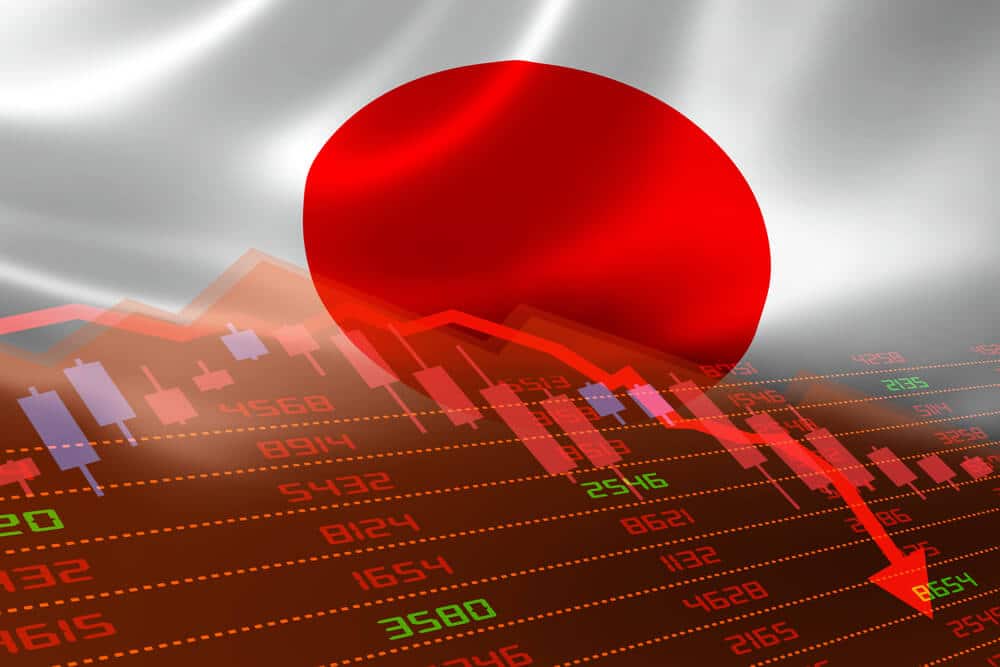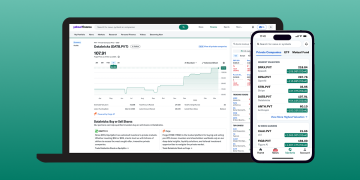Since August, global stock markets have experienced significant fluctuations, notably marked by the dramatic declines in the Japanese and American stock markets. On August 7, Professor Gao Jieying from the Finance School of Kyoto University of Economic and Business expressed that the Bank of Japan’s end-of-July tightening policy, often referred to as the ‘Butterfly Effect,’ initiated a massive shockwave in global financial markets. The major reason behind this substantial impact is Japan’s long-term zero and negative interest rate policy, making the yen a virtually costless source of funds in international financial markets.
Professor Gao noted that as the U.S. dollar strengthens, the interest rate differentials between the yen and the dollar grow, facilitating profitable arbitrage for investors. The Federal Reserve’s July inactivity but potential rate cut in September, as indicated by Fed Chair Jerome Powell, further fueled concerns over interest rate differentials. Some economists from international financial institutions, such as flagship groups, even predicted a 50-basis point reduction in U.S. interest rates in both September and November meetings.
In contrast, the European Central Bank, Bank of England, and the Bank of Canada have already reduced their rates, narrowing the arbitrage opportunities. Consequently, Japan’s monetary policy choice to raise interest rates signals the end of interest rate differential arbitrages. As the yen continues to devalue rapidly, Japanese financial institutions face pressure, balancing between maintaining stability in the yen’s exchange rate and addressing domestic market pressures.

Professor Gao emphasized that Japan must stabilize the yen to prevent major financial losses and uphold its credibility as a global safe haven currency. The depreciation of the yen has consistently hindered Japanese consumer purchasing power, while export profits from a weaker yen remain limited. Financial arbitrage institutions, both Japanese and international, stand to lose significantly if yen depreciation continues.
The return of arbitrage funds stabilizing the yen prompted rapid yen appreciation, soaring beyond 150 yen on July 31. As the yen surged, market concerns over additional margin calls or automatic liquidation heightened, leading to potential cascade effects. As a result, on August 6, the Bank of Japan announced that it would not tighten the market amidst instability, offering temporary peace to global financial markets. The swift rebound of the U.S. dollar to 146 yen triggered a similar reaction in the Nikkei and American stock indices.
There is ongoing debate among international financial institutions regarding whether the entire arbitrage positions have been liquidated. While some believe the yen short positions have mostly cleared, others estimate that only 50%-60% of the arbitrage trades have been unwound. Professor Gao concluded that the BOJ’s rate hikes caused financial shocks due to not just liquidity changes but also international markets’ deviation from real economic growth expectations. The shifts in financial market conditions and central bank policies over the first half of the year reflect Japan’s attempts to normalize monetary policy while attracting capital inflows to boost its domestic economy and stabilize the yen exchange rate. For Japan, the timing and rhythm of the rate hikes were primarily based on domestic circumstances, but their impact on the U.S. stock market exceeded expectations.






























